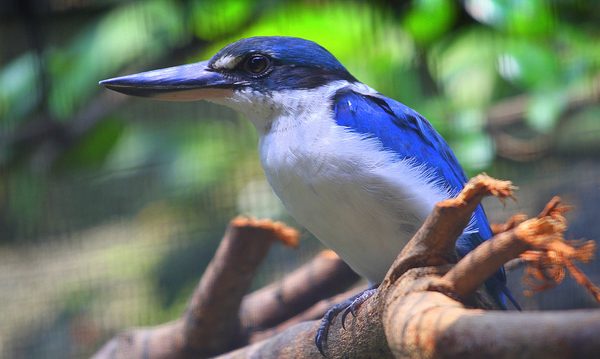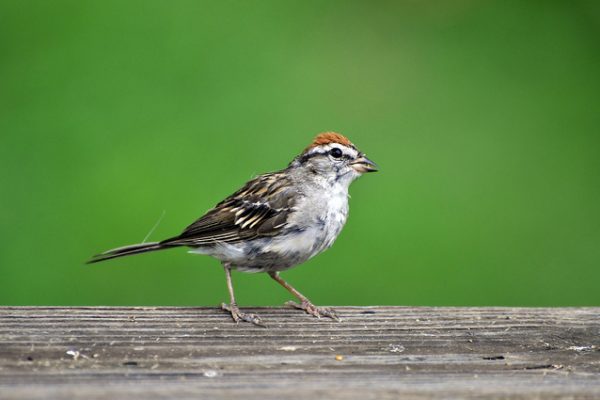A Gentle Introduction to Matrix Factorization for Machine Learning
Last Updated on August 9, 2019 Many complex matrix operations cannot be solved efficiently or with stability using the limited precision of computers. Matrix decompositions are methods that reduce a matrix into constituent parts that make it easier to calculate more complex matrix operations. Matrix decomposition methods, also called matrix factorization methods, are a foundation of linear algebra in computers, even for basic operations such as solving systems of linear equations, calculating the inverse, and calculating the determinant of a […]
Read more








